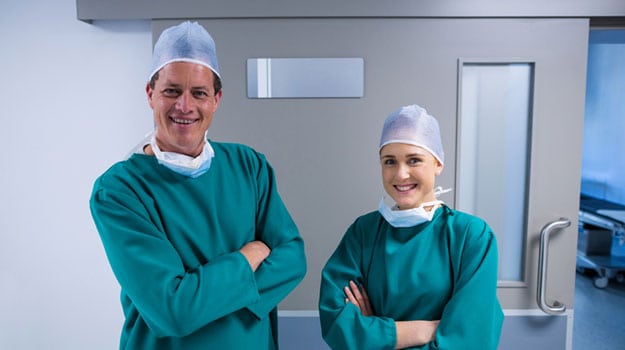
An anoscopy is useful in diagnosing and understanding certain gastrointestinal issues.
An anoscopy is a procedure that is performed to help doctors look for certain gastrointestinal abnormalities, especially those in the rectum or anus. Such abnormalities may include cancer, hemorrhoids, rectal polyps, or anal fissures.
Being able to visualize these issues with this procedure allows doctors to:
- Determine the severity of the problem
- Confirm a diagnosis
Preparation
Doctors will tell patients make sure that the bowels and bladder are empty on the day of the procedure. Patients might be instructed to use an enema or laxative the night before the anoscopy to ensure the bowels are fully emptied. They would then abstain from eating until after the procedure is done. Urinating approximately one hour before the procedure is generally done to ensure an empty bladder.
The doctor will instruct patients about any other preparation needs. For example, if a biopsy is being taken as part of the procedure, patients may be instructed to alter their dose of any medications that might promote bleeding.


Procedure
An anoscopy is usually done in a doctor’s office. Anesthesia is typically not used. The exam usually begins with a digital rectal examination which looks at the lower rectum. The doctor will put on a glove and lubricate their pointer finger. This finger is then gently inserted into the rectum to look for abnormalities, such as fissures or hemorrhoids.
For the anoscopy, an anoscope is used, which has a light on the end. It is a type of rigid hollow tube and is approximately two inches wide and three to five inches long. The scope is lubricated and gently inserted into the anus. The doctor uses the scope to visualize the lower gastrointestinal tract. Patients should relax their muscles to make the scope easier and more comfortable to insert. Patients may feel some pressure during the procedure.
If the doctor wants to get a tissue sample during the process, they will perform a biopsy. If this is done, patients may feel a slight pinch when the needle is used to obtain the tissue sample.
Recovery and Risks
Patients can usually go back to their normal level of activity following an anoscopy. This is a routine procedure with minimal risk. If the doctor does a biopsy as part of the scope, there is a very slight risk of mild pain or bleeding.
When the result is normal, this means that the area examined shows no abnormalities with the color, size, or tone. It indicates no bleeding, hemorrhoids, polyps or other abnormal tissue. Abnormal results may indicate the presence of:
• Abscess
• Foreign object
• Infection
• Polyps
• Fissures
• Hemorrhoids
• Inflammation
• Tumors
If your doctor recommends an anoscopy, make sure to ask all questions that you have beforehand. This can help you to feel more at ease as you go through the procedure. You should also talk to your doctor about when to schedule your appointment to get your results.

